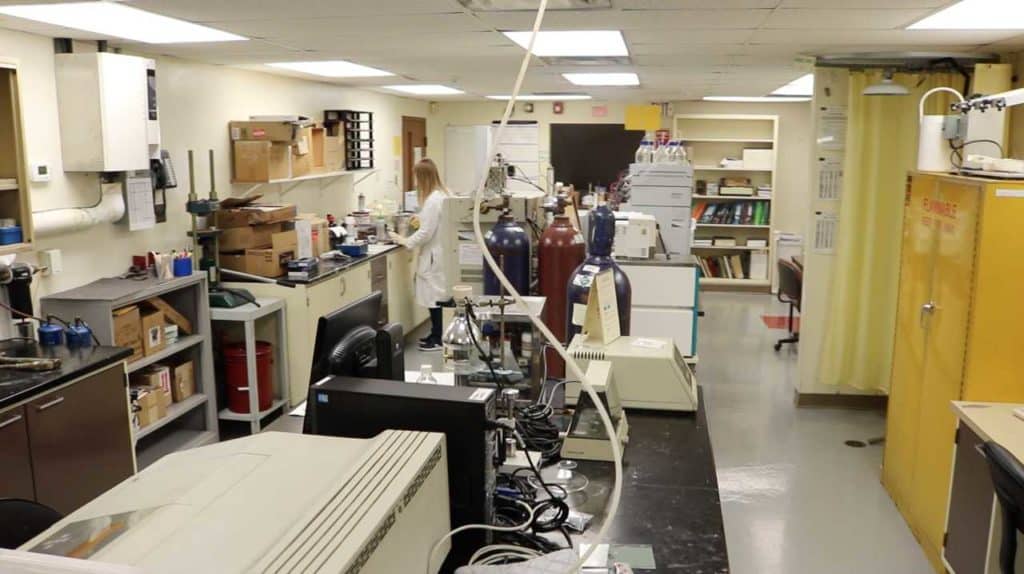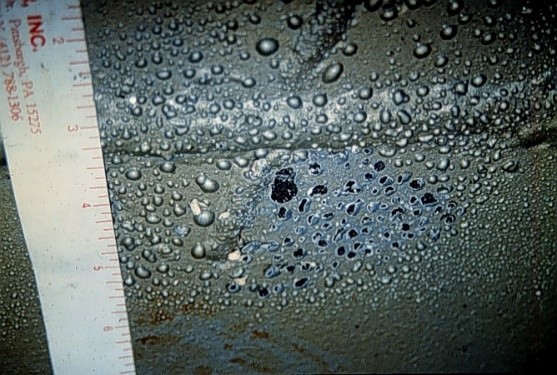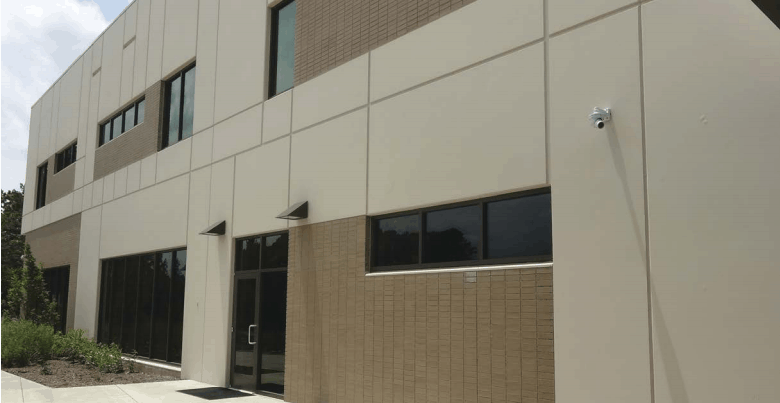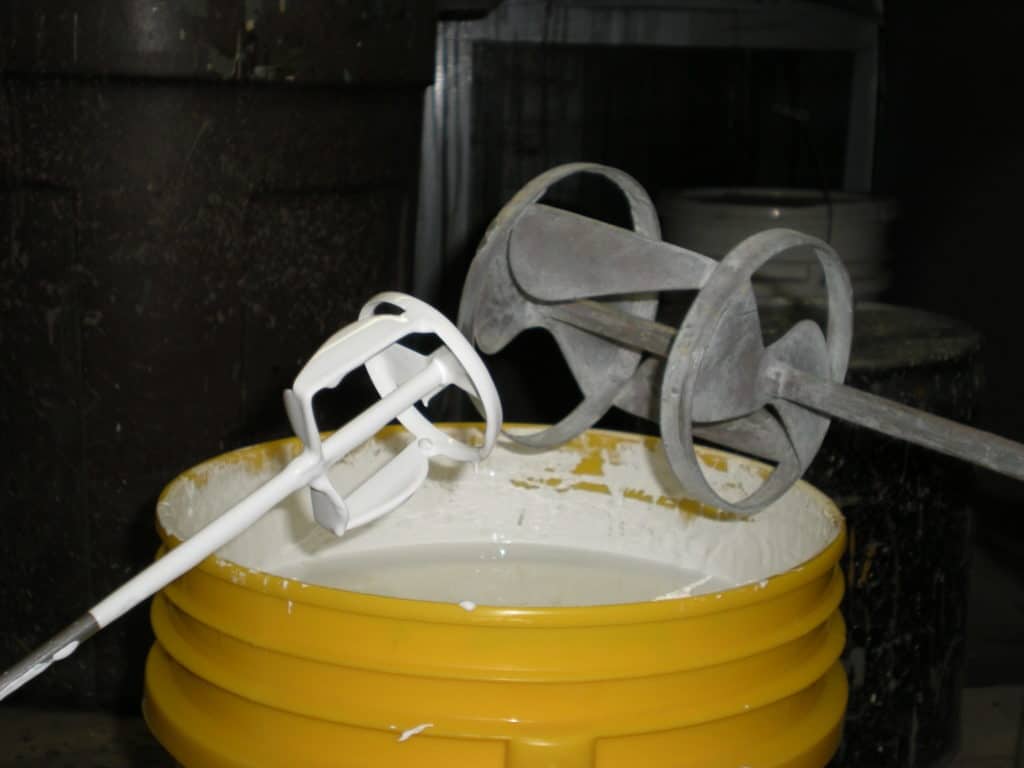Using Electrochemical Impedance Spectroscopy (EIS) for Evaluating Coating Performance in the Laboratory
Electrochemical Impedance Spectroscopy (EIS) can be a useful tool for differentiating today’s high-performance coating systems. These advanced coatings with their improved barrier properties perform longer in-service environments that are notoriously challenging. The use of accelerated weathering/corrosion testing in the laboratory to differentiate coating performance is still viable, but can take a year or longer, versus […]








